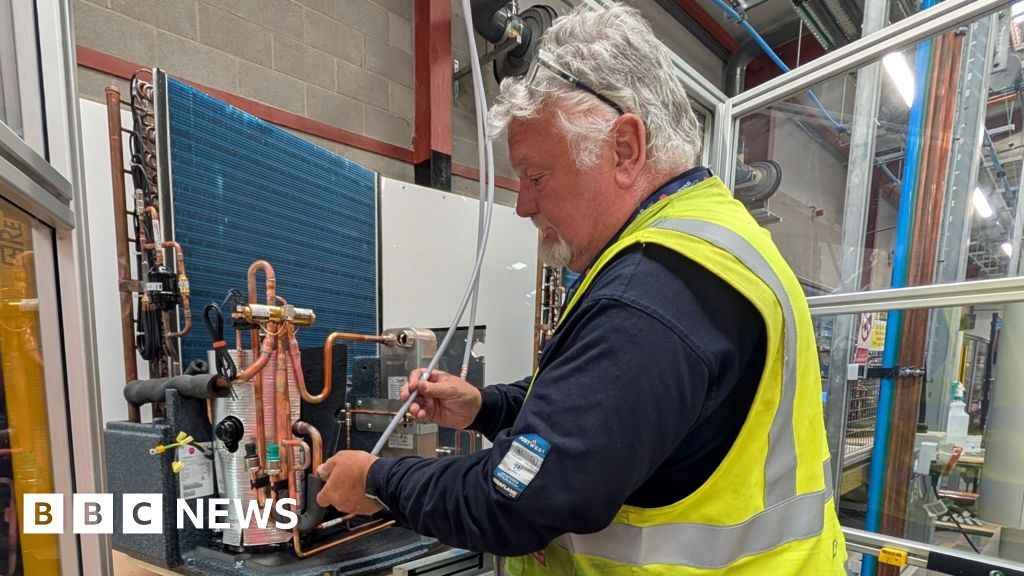Generative AI could become the key driver in sectors demanding critical thinking and complex … [+]
Unsplash
By Elselot Hasselaar, Head of Mission, Work Wages and Job Creation, World Economic Forum, and Andrew Silva, Insights Lead, Work Wages and Job Creation, World Economic Forum
Generative artificial intelligence (AI) technologies are not merely theoretical advances; they are practical tools recalibrating the fundamental operation of our economies.
The recently released World Economic Forum white paper, Jobs of Tomorrow: Large Language Models and Jobs, developed in collaboration with Accenture, casts a spotlight on this transformation, highlighting the tasks and jobs that will be augmented and those that will be automated. Large Language Models (LLMs) are deep-learning algorithms that can recognize, summarize, translate, predict and generate content, approaching human-level proficiency.
Augmenting Human Capabilities
Fields such as engineering, scientific analysis and mathematics would see professionals focusing on high-value creative tasks while AI systems manage the more routine operations. The augmentation of human capacity in such roles leads to a more rewarding work environment that benefits employees and catalyzes innovation while embracing what it means to be human.
On the other hand, jobs centered around repetitive language tasks may be impacted by automation. Occupations such as credit authorizers, checkers and clerks could see up to four-fifths of their tasks automated. At the same time, jobs requiring a high degree of personal interaction, such as education and career counselling, will probably be much less impacted by the adoption of LLMs. And as LLMs are adopted more widely, new roles – AI developers, AI content creators and specialists in AI ethics, to name a few – will emerge as well.
These are the findings of an extensive analysis examining 19,000 tasks across 867 occupations. It echoes the findings of the Future of Jobs Report 2023, which anticipates significant job alterations in the next half-decade.
So, how should business leaders, policymakers and employees prepare? We propose a multifaceted approach to managing this transitional period.
Smoothing the AI transition
First, foresight and adaptability must be the cornerstones of organizational strategies. Comprehending the implications of leveraging LLMs, negative and positive, is the first step towards a future where technology augments human capabilities.
Second, businesses need to strengthen internal workforce planning and invest heavily in reskilling and upskilling workers towards growing roles, while recruiting new talent in growing jobs.
Policy-makers have a role to play, too, particularly in guiding the development of education and training programs that prepare workers for the jobs that will benefit the most from LLMs. Social safety nets and other forms of assistance will need to be in place as current workers retool and retrain, particularly for those most likely to be affected.
Our AI-augmented future holds great promise. The evolving symbiosis between humans and large language models, and generative AI more broadly, has the potential to create value but only if we guide this transition collaboratively. The onus to capitalize on the opportunities while diligently navigating the challenges falls on all of us – business leaders, policymakers and employees alike.
Credit: Source link











